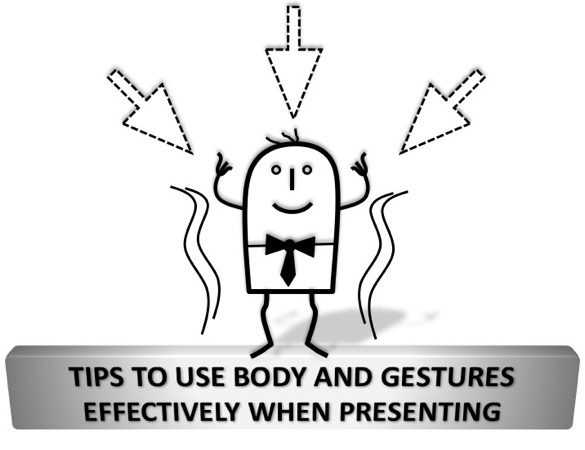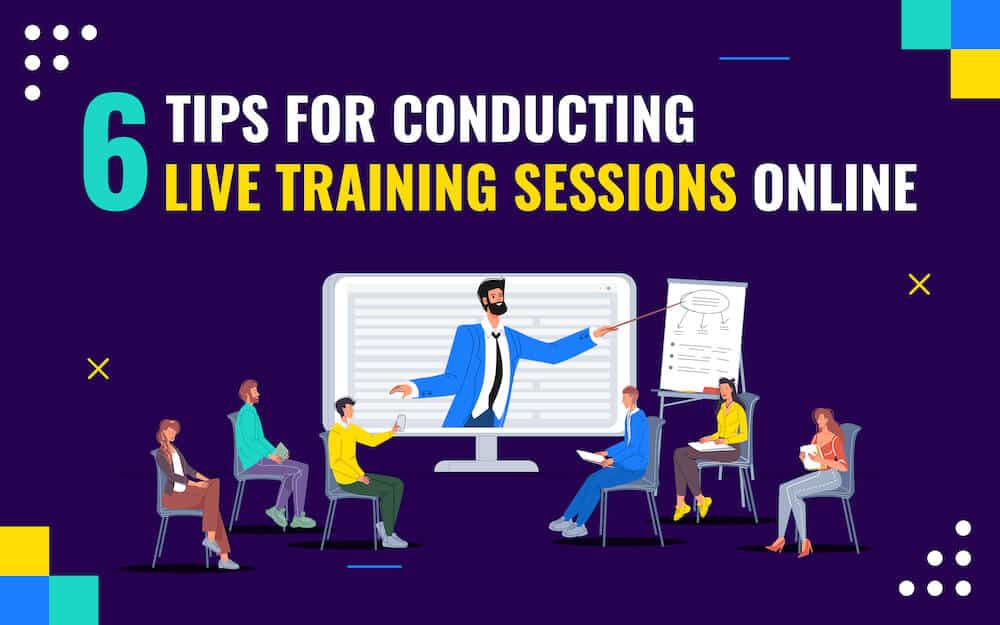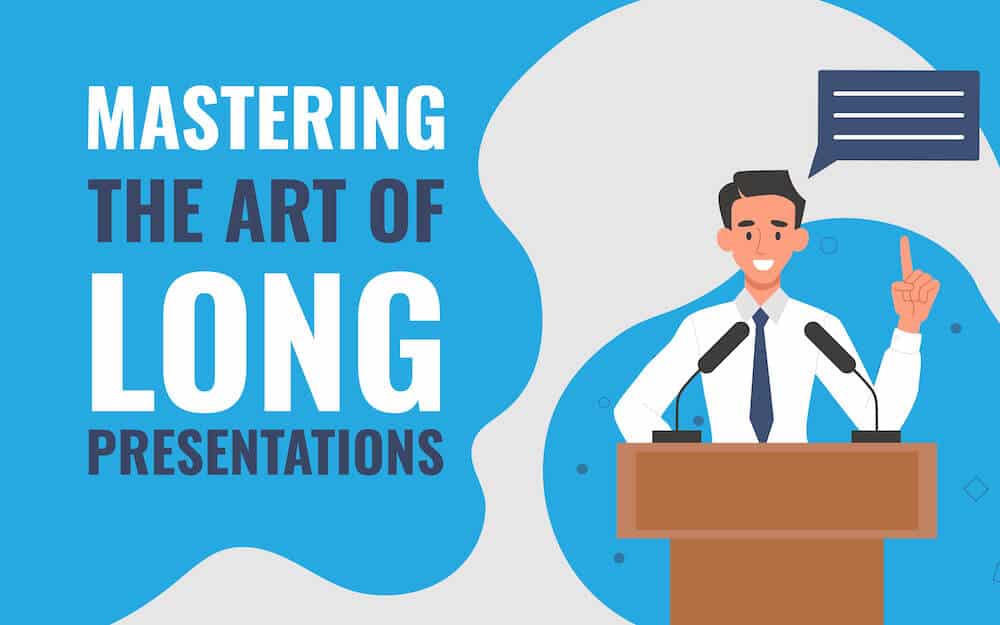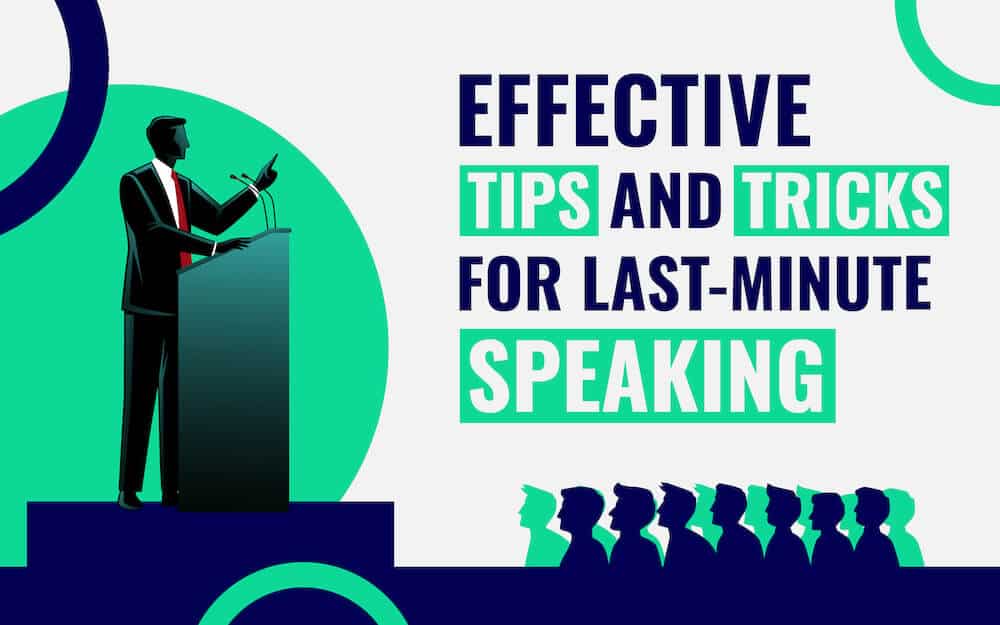
You may spend hours writing and practicing your presentations and creating clever visual aids to support your speaking appearances and win over your audiences.
But the most powerful aide you have is something far less contrived. It is simply your body and the way it moves and the authentic messages it sends to those watching you.
Whether or not your audience trusts you and accepts your message enthusiastically has as much to do with how your body moves as the message that you are delivering.
A series of studies in recent years suggest that up to 90 percent of what you communicate comes from your body language, not your spoken language.
In a sense, your audience is judging you from the moment you step onto the stage and they are using a yardstick of what they see even more than what they hear.
When you can master the art of ensuring that your body and your voice are in perfect sync, your impact on your audience will be more powerful than you can imagine.
The dangers of nervous tension on stage
Body/voice coordination sounds relatively simple until you try to put it into practice.
Many of us become nervous when we step onto stage to address a large audience. We fidget with a necktie or a necklace, we grip the lectern tightly or lean on it for a bit of support, or we slouch or nervously run our fingers through our hair.
All of these tell the audience that we are unsure of ourselves, that they may or may not be impressed with us.
The bottom line is that your body is going to talk to your audience as much as your voice, so you have to learn to control it just as much as you control your verbal message.
Powerful speakers find a way to use their body language to emphasize and magnify everything they are saying.
For example, United States President Donald Trump uses hand gestures in an exaggerated way to add tremendous impact to even the simplest of message.
To see how he speak, here is a video from BBC News posted on YouTube in which an analyst discusses the power of Trump’s body language:
How you can use your body to speak
Even if your speaking style is less flamboyant, you can still be more effective when you match your body movement to your message.
Here are six ways to present more powerfully by controlling your body movements and matching them to your voice.
1. Edit your movements as well as your words. Eliminate all the extraneous movements that create motion but don’t reinforce your speaking goal. Don’t pace or rock or sway back and forth like you are caught in the wind. Leave your hair and clothing alone and if you have change in your pockets, don’t nervously jangle it. Don’t bite your lip, move your fingers to your face or hair or keep adjusting items of clothing. All of this is movement clutter, and is distracts from the powerful message you came to deliver. Monitor each movement and ask yourself if it will bring the audience closer to understanding your message. If it won’t, take it out.
2. Adopt a conversational style because you will be less likely to move as much. When you converse with just one person, normally you look them right in the eye, listen attentively, and talk to them as if they are the only person in the room. That is what you need to do when you address hundreds or even thousands of people from a stage. Convince yourself that instead of “speaking’’ you are “conversing’ and as the calmness sets in, diminish your movements. The more genuine and empathic you appear, the more your audience will relate to you.
3. Practice your posture until you achieve excellence. When you hold yourself upright properly, not only do you appear more authoritative and convincing to your audience, but you also have more opportunity to breathe correctly and project your voice evenly over your audience. It’s a good idea to tape yourself and then monitor how you look. Keep working at it until you build a powerful posture.
4. Learn how your body works. Do you unconsciously bite your lower lip when you are anxious? Do your legs tremble if you stand more than 25 minutes? Does a chronic back pain cause you to grimace in pain when you move? Before you can control your body, you need to know it and know what it is likely to do. Monitor yourself using a video so you can see what looks graceful and confident and authoritative, and what looks nervous and fidgeting.
5. Change your position periodically throughout your remarks. Do not stand ramrod straight for the entire duration of your remarks, never moving a muscle, for example. Move around the stage if you are comfortable doing that so you get a feeling for five or six positions that make you comfortable and at ease.
6. Of all the way your body communicates, your eyes and hands are the most impactful. Strive to maintain eye contact with as many audience members as you can when you are speaking. Pay particular attention to your hand gestures and practice them in front of a mirror. Note how some hand gestures look like you are entreating or begging, while others denote power and assurance. Consciously match your gestures to your messages. We have all seen people with awkward hand gestures. see some on this humorous video:
Make sure that you select hand gestures that physical underline the impact of your remarks.
As you study your body and its movements, you will see how you can learn how to use your physical side to augment the presentations your intellectual side has prepared. Remember that all audiences have a certain invisible sponge-like quality when it comes to absorbing impressions of you. They will soak up the feelings and attitudes you display with your non-verbal clues.
There is no fast track to mastering your body movements to augment your verbal messages. The secret is to practice, to tape yourself, analyze yourself and practice until you can seamlessly weave your body movement messages in sync with your spoken messages.



